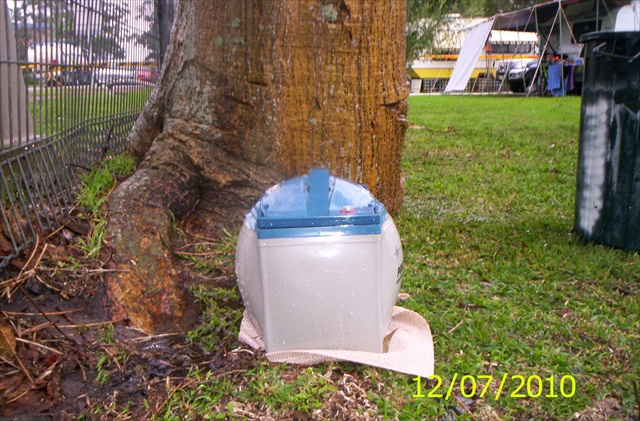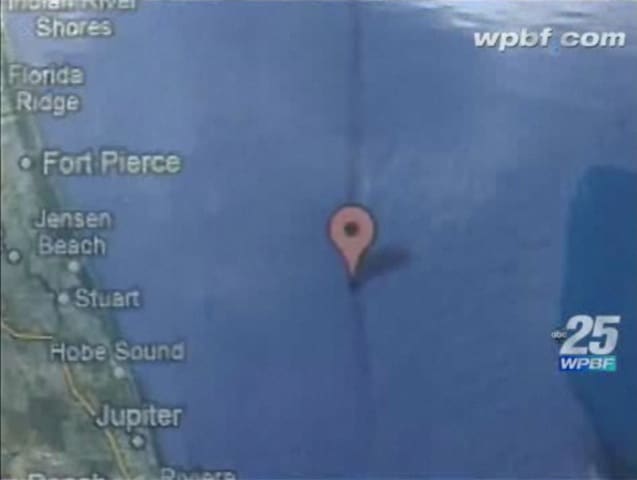A recent
post over in Boat Bits set me to thinking.
There are those boat owners who proclaim "the only tool I need is my Visa card." I am not one of those (as you readers of this blog will likely have guessed). There is nothing inherently wrong with this approach. But it does mean that these folks are dependent on others, and that boating for them is more expensive. And home ownership. And automobile ownership. But, really, that's OK.
But if the boat owner is a cruiser, then maybe this isn't such a good fit. When you are cruising, you are gone from your home dock for extended periods of time. You are self-sufficient...
- You have your own fuel supply
- You have your own water supply
- You have your own electrical supply
- You presumably have enough food and clothing aboard for an extended period
In this circumstance, the boat owner whose only tool is the Visa card will feel a vague disquiet. Consciously or unconsciously, he will be thinking, "I sure hope everything keeps working..." And for him, being at the mercy of a host of complicated, poorly understood systems will be a fear which will keep him from ever being really
comfortable away from the dock.
Now please don't get me wrong. Those of us who not rely on the Visa card as our primary tool are also hoping that everything keeps working. In fact, the second question most of us face when we return to the dock after an extended absence is, "How'd it go?", a poorly disguised version of, "What broke?" And it is a rare trip for which the answer is, "Nothing broke - everything went well!" (everyone turns away, knowing that there are no stories to be told here). For those of us with tools, spares
and skills aboard, the occasional equipment failure does not spell disaster - we really are, after all,
self sufficient. If there were failures, we either repaired them, or MacGyver'ed around them. They did not spoil the trip for us.
I would encourage every boat owner to get to know his vessel, intimately. He should know where every thru hull is (and should exercise them periodically). He should be familiar with
all the wiring. He should know where all the hoses are and what the purpose of each is. There should be no place on his vessel that he has not, at least once, personally inspected. He really should know how all the systems work.
So, where does one get the skills and confidence to be self-sufficient in this way? It doesn't happen over night. Mike has a
post on Zero To Cruising that perfectly describes the process. Confidence, and skills, come from experience. So,
get that experience. The next time you have some kind of failure onboard, resist the temptation to whip out that Visa card, especially if it is a
zero cost situation. Tackle it yourself - consider it to be an education. Do not be afraid to ask for advice, and even help (although it is pride rather than fear that usually inhibits this). It has been my experience that those with the skills are more than willing to share them with someone who truly wants to learn. Each time that you tackle a problem and succeed at it (even if you do it with help), your experience and confidence will grow.
You will become self-sufficient. And should you experience a failure 1000 miles out of Los Angeles enroute to Hawai'i, you will know the best use for that Visa card: as a small, thin, plastic shim.

Cruising and self-sufficiency
































